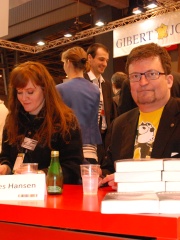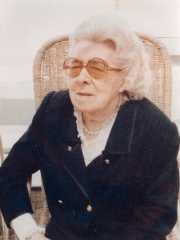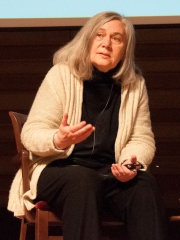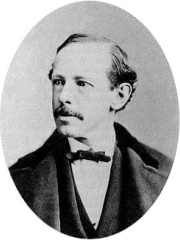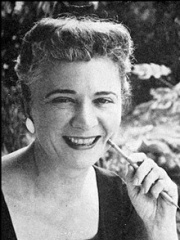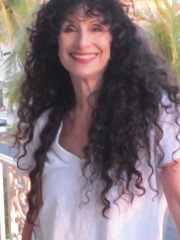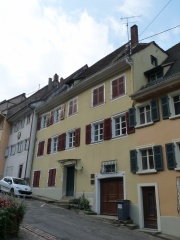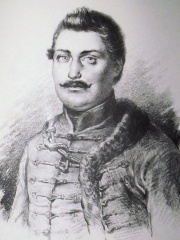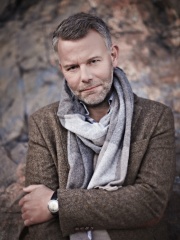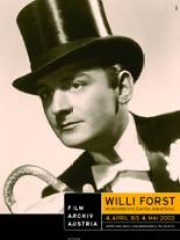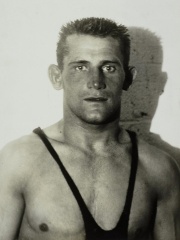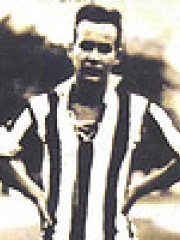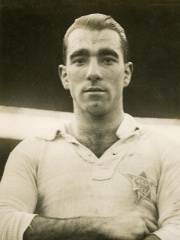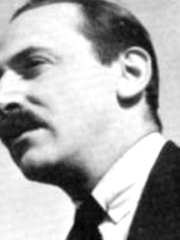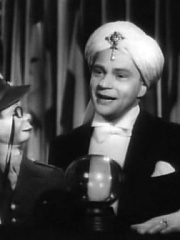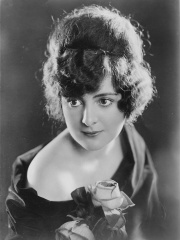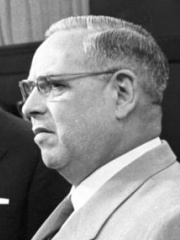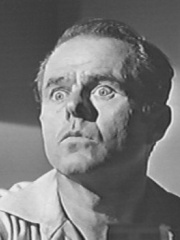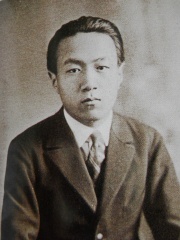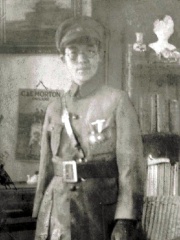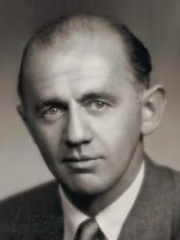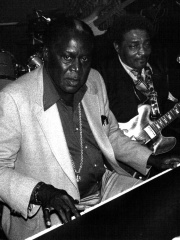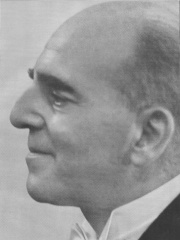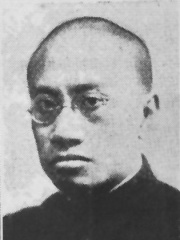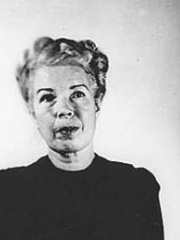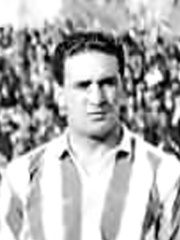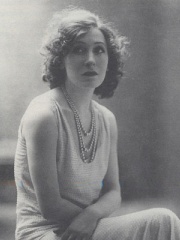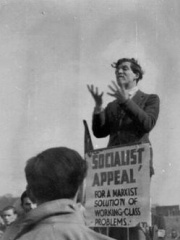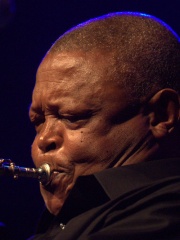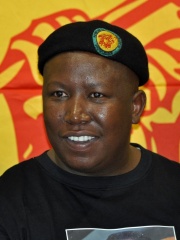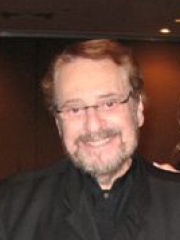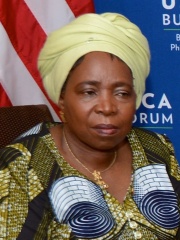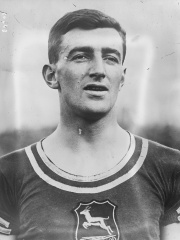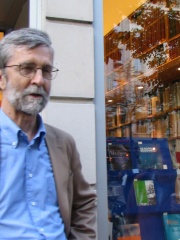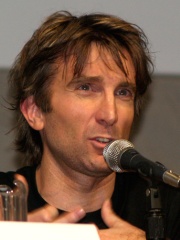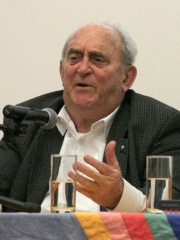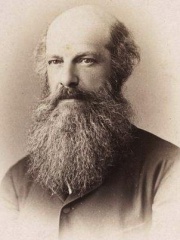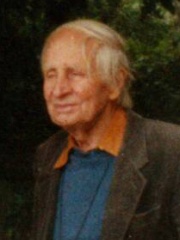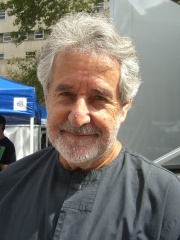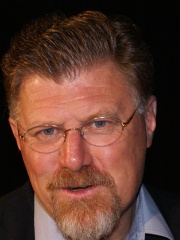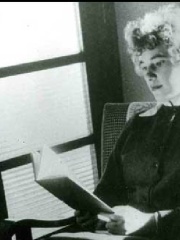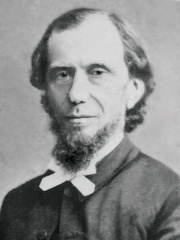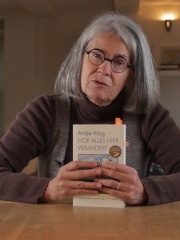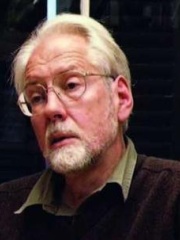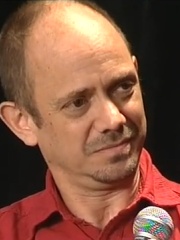WRITER
Alan Paton
1903 - 1988
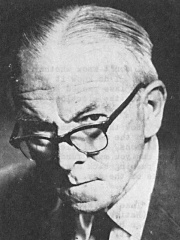
 Alan Paton
Alan Paton
Alan Stewart Paton (11 January 1903 – 12 April 1988) was a South African writer and anti-apartheid activist. Read more on Wikipedia
Since 2007, the English Wikipedia page of Alan Paton has received more than 544,930 page views. His biography is available in 35 different languages on Wikipedia (up from 33 in 2019). Alan Paton is the 4,910th most popular writer (down from 4,142nd in 2019), the 109th most popular biography from South Africa (down from 81st in 2019) and the 12th most popular South African Writer.
Memorability Metrics
540k
Page Views (PV)
47.81
Historical Popularity Index (HPI)
35
Languages Editions (L)
2.91
Effective Languages (L*)
4.47
Coefficient of Variation (CV)
Notable Works
Page views of Alan Patons by language
Over the past year Alan Paton has had the most page views in the English wikipedia edition with 45,880 views, followed by French (3,229), and German (1,748). In terms of yearly growth of page views the top 3 wikpedia editions are Tamil (56.45%), Serbo-Croatian (31.90%), and Breton (30.71%)
Among WRITERS
Among writers, Alan Paton ranks 4,910 out of 7,302. Before him are Ann Druyan, Auður Ava Ólafsdóttir, Suzanne Lilar, Ferenc Karinthy, Marilynne Robinson, and Horatio Alger. After him are C. L. Moore, Diane Ackerman, Eugène Guillevic, József Katona, Jan Arnald, and Edmund Wilson.
Most Popular Writers in Wikipedia
Go to all RankingsAnn Druyan
1949 - Present
HPI: 47.83
Rank: 4,904
Auður Ava Ólafsdóttir
1958 - Present
HPI: 47.82
Rank: 4,905
Suzanne Lilar
1901 - 1992
HPI: 47.82
Rank: 4,906
Ferenc Karinthy
1921 - 1992
HPI: 47.82
Rank: 4,907
Marilynne Robinson
1943 - Present
HPI: 47.82
Rank: 4,908
Horatio Alger
1832 - 1899
HPI: 47.81
Rank: 4,909
Alan Paton
1903 - 1988
HPI: 47.81
Rank: 4,910
C. L. Moore
1911 - 1987
HPI: 47.81
Rank: 4,911
Diane Ackerman
1948 - Present
HPI: 47.81
Rank: 4,912
Eugène Guillevic
1907 - 1997
HPI: 47.81
Rank: 4,913
József Katona
1791 - 1830
HPI: 47.80
Rank: 4,914
Jan Arnald
1963 - Present
HPI: 47.80
Rank: 4,915
Edmund Wilson
1895 - 1972
HPI: 47.80
Rank: 4,916
Contemporaries
Among people born in 1903, Alan Paton ranks 253. Before him are Jean Tardieu, Willi Forst, Voldemar Väli, Nilo Murtinho Braga, Manuel Anatol, and Nathanael West. After him are Doca, Elizabeth Becker-Pinkston, Edgar Bergen, Billie Dove, Lothar Bolz, and Elisha Cook Jr.. Among people deceased in 1988, Alan Paton ranks 178. Before him are Shōhei Ōoka, Ólafur Jóhann Sigurðsson, Kwon Ki-ok, William McMahon, Memphis Slim, and Solomon. After him are Liang Shuming, Mildred Gillars, Victorio Unamuno, Marta Abba, Alfred Kelbassa, and Jan Brzák-Felix.
Others Born in 1903
Go to all RankingsJean Tardieu
WRITER
1903 - 1995
HPI: 48.31
Rank: 247
Willi Forst
ACTOR
1903 - 1980
HPI: 48.20
Rank: 248
Voldemar Väli
WRESTLER
1903 - 1997
HPI: 48.12
Rank: 249
Nilo Murtinho Braga
SOCCER PLAYER
1903 - 1975
HPI: 48.01
Rank: 250
Manuel Anatol
SOCCER PLAYER
1903 - 1990
HPI: 47.86
Rank: 251
Nathanael West
WRITER
1903 - 1940
HPI: 47.83
Rank: 252
Alan Paton
WRITER
1903 - 1988
HPI: 47.81
Rank: 253
Doca
SOCCER PLAYER
1903 - 1956
HPI: 47.81
Rank: 254
Elizabeth Becker-Pinkston
ATHLETE
1903 - 1989
HPI: 47.70
Rank: 255
Edgar Bergen
ACTOR
1903 - 1978
HPI: 47.59
Rank: 256
Billie Dove
ACTOR
1903 - 1997
HPI: 47.56
Rank: 257
Lothar Bolz
POLITICIAN
1903 - 1986
HPI: 47.53
Rank: 258
Elisha Cook Jr.
ACTOR
1903 - 1995
HPI: 47.52
Rank: 259
Others Deceased in 1988
Go to all RankingsShōhei Ōoka
WRITER
1909 - 1988
HPI: 48.09
Rank: 172
Ólafur Jóhann Sigurðsson
WRITER
1918 - 1988
HPI: 48.06
Rank: 173
Kwon Ki-ok
POLITICIAN
1901 - 1988
HPI: 48.05
Rank: 174
William McMahon
POLITICIAN
1908 - 1988
HPI: 47.96
Rank: 175
Memphis Slim
MUSICIAN
1915 - 1988
HPI: 47.92
Rank: 176
Solomon
MUSICIAN
1902 - 1988
HPI: 47.88
Rank: 177
Alan Paton
WRITER
1903 - 1988
HPI: 47.81
Rank: 178
Liang Shuming
PHILOSOPHER
1893 - 1988
HPI: 47.80
Rank: 179
Mildred Gillars
EXTREMIST
1900 - 1988
HPI: 47.69
Rank: 180
Victorio Unamuno
SOCCER PLAYER
1909 - 1988
HPI: 47.59
Rank: 181
Marta Abba
ACTOR
1900 - 1988
HPI: 47.50
Rank: 182
Alfred Kelbassa
SOCCER PLAYER
1925 - 1988
HPI: 47.42
Rank: 183
Jan Brzák-Felix
ATHLETE
1912 - 1988
HPI: 47.41
Rank: 184
In South Africa
Among people born in South Africa, Alan Paton ranks 109 out of 454. Before him are Max Gluckman (1911), David Bailie (1937), Ted Grant (1913), Steve Nash (1974), Hugh Masekela (1939), and Julius Malema (1981). After him are Phil Ramone (1934), Nkosazana Dlamini-Zuma (1949), Bevil Rudd (1894), John McDowell (1942), Sharlto Copley (1973), and Denis Goldberg (1933).
Others born in South Africa
Go to all RankingsMax Gluckman
ANTHROPOLOGIST
1911 - 1975
HPI: 48.50
Rank: 103
David Bailie
ACTOR
1937 - 2021
HPI: 48.49
Rank: 104
Ted Grant
SOCIAL ACTIVIST
1913 - 2006
HPI: 48.43
Rank: 105
Steve Nash
BASKETBALL PLAYER
1974 - Present
HPI: 47.96
Rank: 106
Hugh Masekela
MUSICIAN
1939 - 2018
HPI: 47.90
Rank: 107
Julius Malema
POLITICIAN
1981 - Present
HPI: 47.83
Rank: 108
Alan Paton
WRITER
1903 - 1988
HPI: 47.81
Rank: 109
Phil Ramone
INVENTOR
1934 - 2013
HPI: 47.80
Rank: 110
Nkosazana Dlamini-Zuma
POLITICIAN
1949 - Present
HPI: 47.59
Rank: 111
Bevil Rudd
ATHLETE
1894 - 1948
HPI: 47.56
Rank: 112
John McDowell
PHILOSOPHER
1942 - Present
HPI: 47.50
Rank: 113
Sharlto Copley
ACTOR
1973 - Present
HPI: 47.45
Rank: 114
Denis Goldberg
SOCIAL ACTIVIST
1933 - 2020
HPI: 47.34
Rank: 115
Among WRITERS In South Africa
Among writers born in South Africa, Alan Paton ranks 12. Before him are Ronald Harwood (1934), Laurence Oliphant (1829), Laurens van der Post (1906), Breyten Breytenbach (1939), Deon Meyer (1958), and Ingrid Jonker (1933). After him are Andrew Murray (1828), Elsa Joubert (1922), Antjie Krog (1952), Athol Fugard (1932), Karel Schoeman (1939), and Damon Galgut (1963).
Ronald Harwood
1934 - 2020
HPI: 53.41
Rank: 6
Laurence Oliphant
1829 - 1888
HPI: 51.64
Rank: 7
Laurens van der Post
1906 - 1996
HPI: 50.58
Rank: 8
Breyten Breytenbach
1939 - Present
HPI: 49.41
Rank: 9
Deon Meyer
1958 - Present
HPI: 49.10
Rank: 10
Ingrid Jonker
1933 - 1965
HPI: 49.09
Rank: 11
Alan Paton
1903 - 1988
HPI: 47.81
Rank: 12
Andrew Murray
1828 - 1917
HPI: 46.40
Rank: 13
Elsa Joubert
1922 - 2020
HPI: 44.29
Rank: 14
Antjie Krog
1952 - Present
HPI: 43.36
Rank: 15
Athol Fugard
1932 - Present
HPI: 42.27
Rank: 16
Karel Schoeman
1939 - 2017
HPI: 42.15
Rank: 17
Damon Galgut
1963 - Present
HPI: 41.77
Rank: 18

